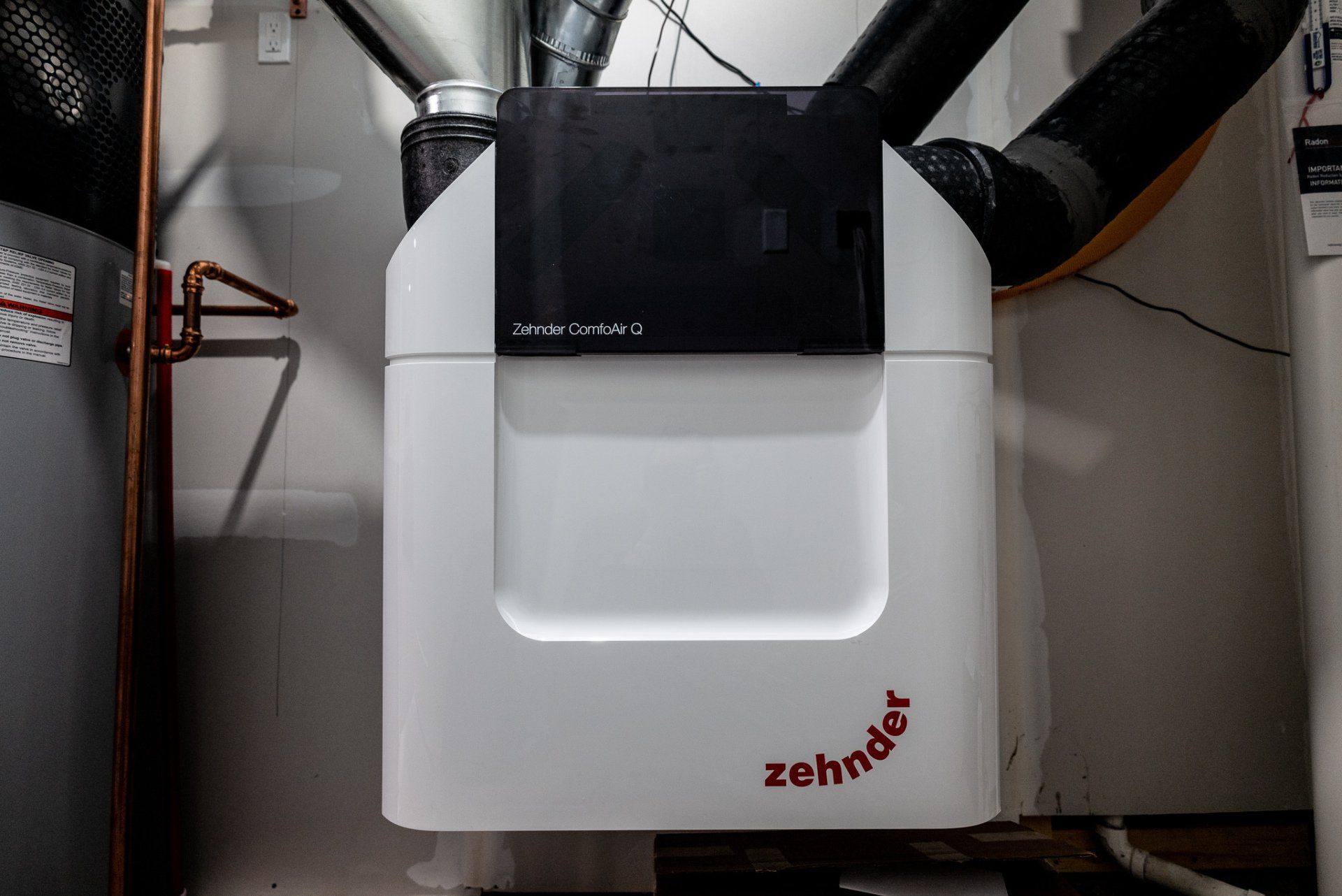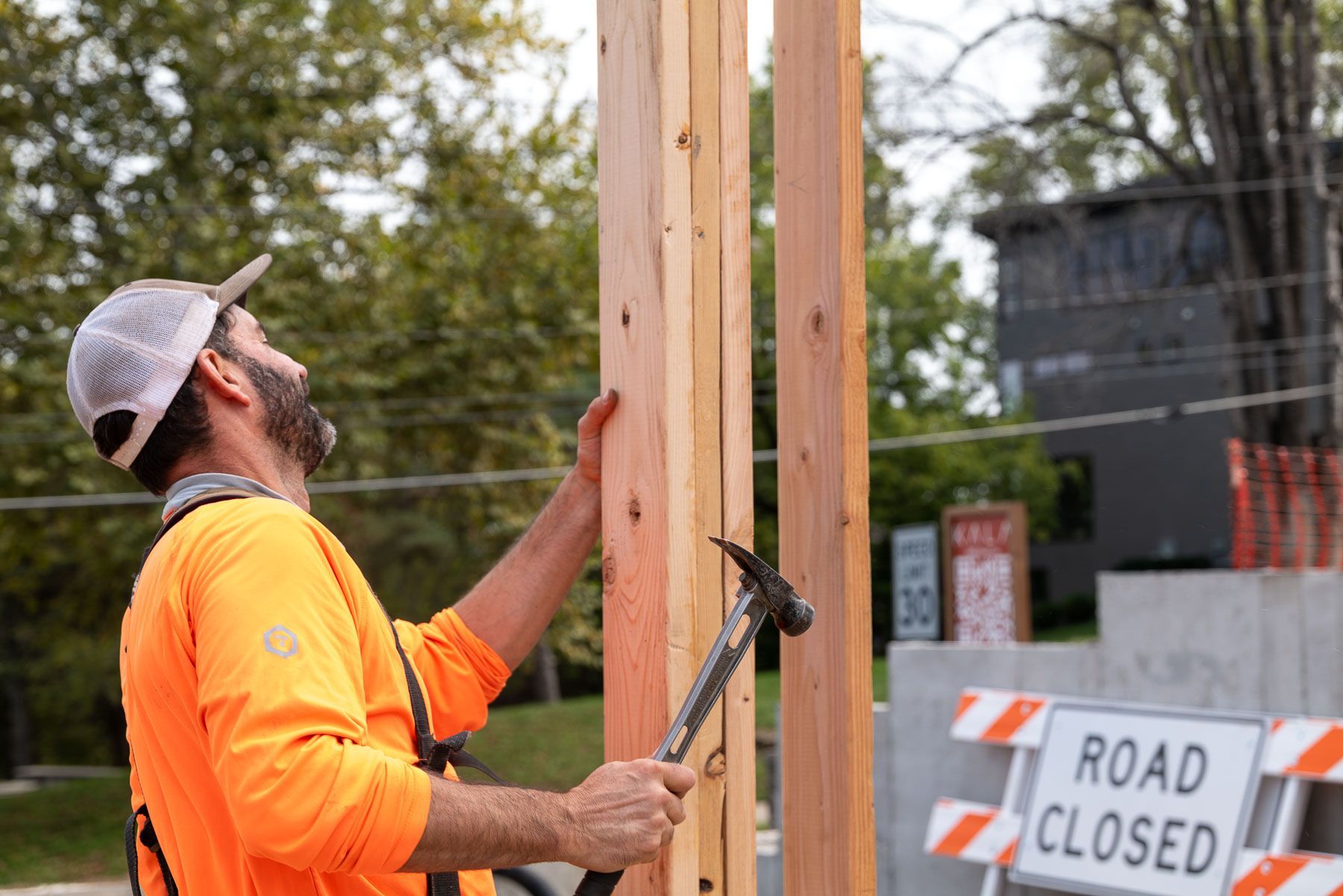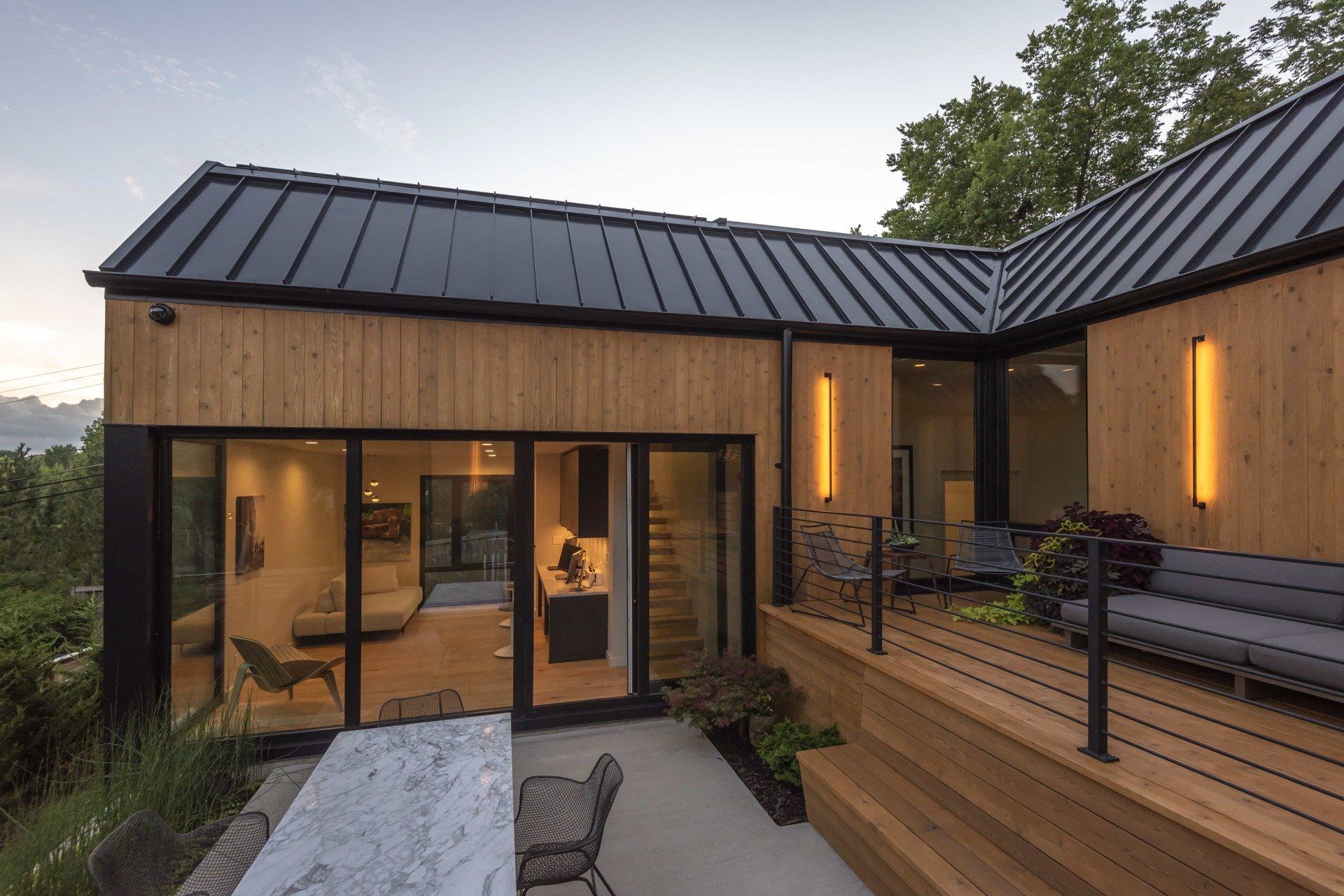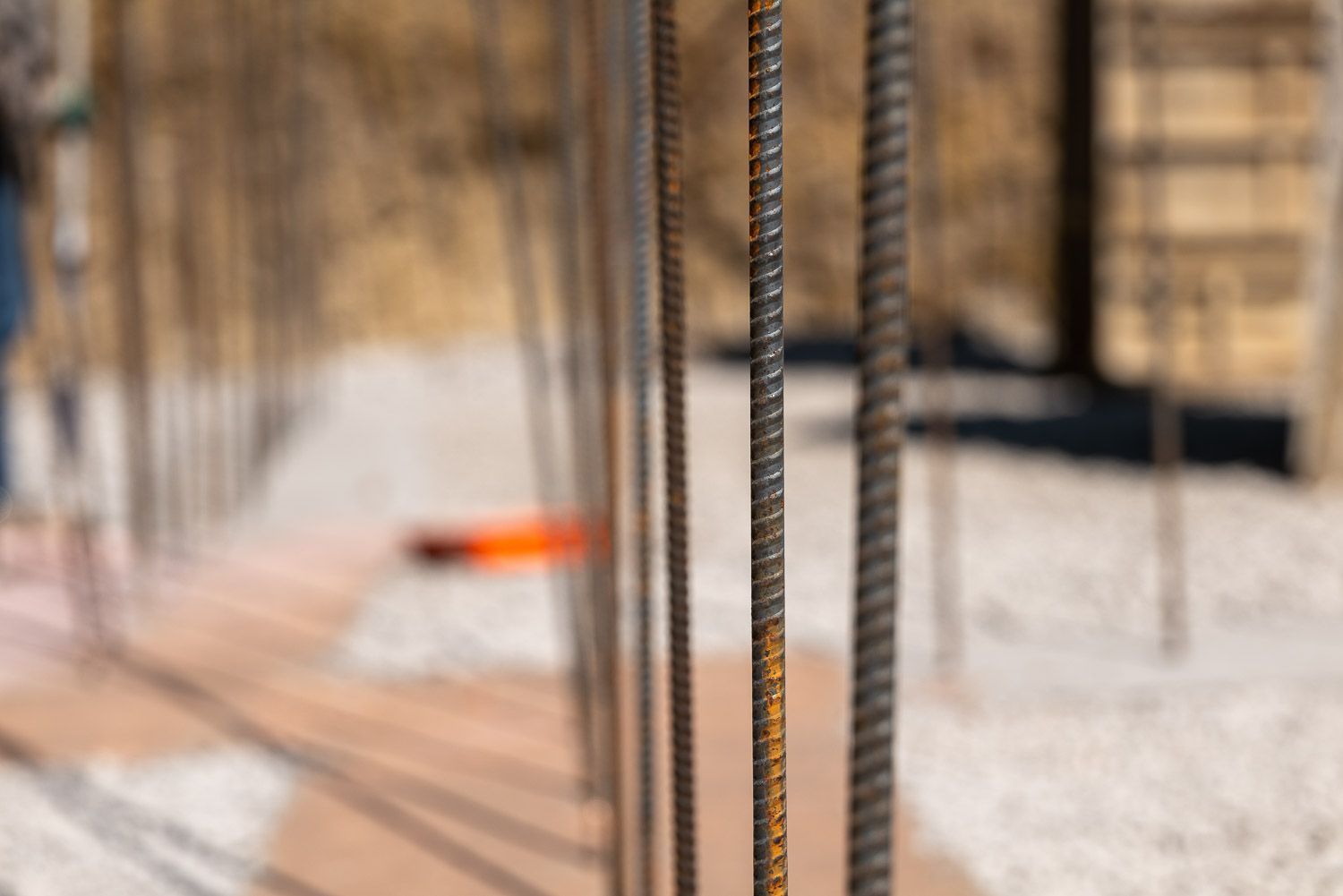Indoor Air Quality in a Passive House

High Performance Homes Improve Asthma, Allergies, and Air Quality
Your home should provide a safe haven from the outside world, but for all too many people, their house merely makes asthma, allergies, and other air quality-related health issues worse. The Environmental Protection Agency (EPA) estimates that the typical American adult spends 90% of their time indoors, and given all the hours you’re at home, the environment around you is bound to have an impact for better or worse. Let’s look at why indoor air quality can be so poor, the problems this creates, and how more thoughtful, health-first home building can help.
According to the Allergy & Asthma Network, one in five Americans have been diagnosed with at least one environmental allergy. Among adults, this leads to four million missed work days annually and $8 billion in healthcare costs. Two thirds of asthma patients also have an allergy, and children have a 50 percent chance of developing allergies if one parent struggles with them, and 75% if both parents has allergies. Pollen, dust mites, mold, animal dander, and poor air quality are among the most common allergens that sufferers say negatively impacts their quality of life. Symptoms include itchy nose and throat, fatigue, watery eyes, sneezing, and rashes.
The Not-So-Great Outdoors
A 2021 study found that climate change has made the pollen season an average of 20 days longer across the US, with a 21 percent median increase in pollen concentration. Kansas City and the Midwest in general have seen some of the steepest increases, a story in The Kansas City Beacon stated.
While those who suffer from allergies and asthma often retreat indoors when pollen and other outdoor allergens are at their peak, pollution warnings are in place, or wildfires and other environmental factors compromise outdoor air quality, the EPA states that with indoor air, “the concentrations of some pollutants are often 2 to 5 times higher.”
One of the reasons is that most traditionally built houses let outdoor allergens seep inside unbidden. This doesn’t just occur when windows and doors are open, but also when they’re low quality or the seals have deteriorated over time. Mechanical ventilation systems bring in outdoor air that’s poorly filtered, if at all, and then forcefully blow it around the house. Heating and cooling this alters the humidity level, creating a breeding ground for mold and mildew when it’s too moist. Joints, gaps, and cracks in walls, foundations, the roof, and other structural elements allow whatever is outdoors in.
All the Irritants You Can't See
Indoor pollutants are another significant contributing factor to allergies and asthma. These can include oil, gas, and wood fuels that release carbon monoxide and other harmful particulates, volatile organic compounds (VOCs) from synthetic building materials and cleaning products, and cooking exhaust fumes. If a house is inadequately sealed, bulk water and other moisture can build up in the walls and between levels, creating a breeding ground for one of the most common and pervasive household allergens: mold. Its growth is perpetuated when temperature and humidity is poorly and inconsistently regulated and exacerbated by seasonal changes in weather conditions.
Reducing Asthma and Allergen Exposure by Design
Per the Energy & Environmental Building Alliance (EEBA), 82% of high-performance home buyers are at least moderately concerned with indoor air quality, 81% believe that their house has a strong or very strong impact on their health, and 60% are allergic to dust and/or other irritants.
EEBA board member Suzanne Shelton shared that 39% of high-performance home buyers are also more concerned about indoor air quality than they were before the start of the COVID-19 pandemic. In an EEBA survey, the joint top reasons for starting a high-performance build – along with having the right floor plan to meet family needs – were “prevents moisture problems that can contribute to mold and attract pests” and “a healthy home that mitigates the risk of radon, carbon monoxide and other harmful gases.”
A high-performance home is purposefully designed and constructed to meet these health-related expectations. An intelligent, controlled ventilation system gently circulates clean, fresh, filtered air that’s a consistent temperature and humidity throughout the house, while simultaneously removing stale indoor air. This keeps exterior pollutants, pathogens, and allergens out and gets rid of pet hair and dander, dust, cooking and fireplace fumes, VOC off-gassing, and other inside irritants. The ERV system also expels air that might be excessively warm or moist from areas like the kitchen and bathroom to further reduce moisture accumulation.
Tightly sealed and continuously insulated walls, floors, and ceilings create a strong barrier that maintains a comfortable environment inside and repels excess air and moisture. The elimination of thermal bridges further minimizes the kind of moisture buildup that can lead to mold growth. This effect is enhanced by premium windows and doors that remain airtight when they’re closed, eliminating draughts and air leaks. Plus, natural, responsibly-sourced building materials are used as widely as possible, reducing chemical exposure. As the Asthma and Allergy Foundation of America puts it, “Allergy and asthma control begins at home.”
A Kansas City Homeowner’s Air Quality Improvement
In a recent case study, one Kansas City resident contrasted the air quality in a rental house with their new Kala high-performance home.
“I can definitely tell a difference – when I come inside, I breathe easier,” she said. “When we were moving, every time we went back to our previous house, I would sneeze uncontrollably and feel terrible. And then we'd come back here, and I’d be fine. Our kids are off their allergy meds too.”
I“I can definitely tell a difference – when I come inside, I breathe easier,” she said. “When we were moving, every time we went back to our previous house, I would sneeze uncontrollably and feel terrible. And then we'd come back here, and I’d be fine. Our kids are off their allergy meds too.”
With a high-performance build or remodel, you can have the peace of mind of knowing that your family’s wellbeing is safeguarded through a whole-home approach to health that’s much more effective than isolated measures like using fans, filters, or humidifiers or costly repairs like mold mitigation and window and door replacement.
Airtight construction. Balanced ventilation. Active moisture management. These are the ingredients for reducing asthma and allergy symptoms, improving indoor air quality, and creating a refreshingly healthy home. Interested to learn more?
Contact us today to start a conversation about your own high-performance home project with Kala.







